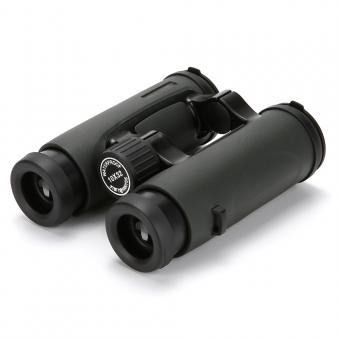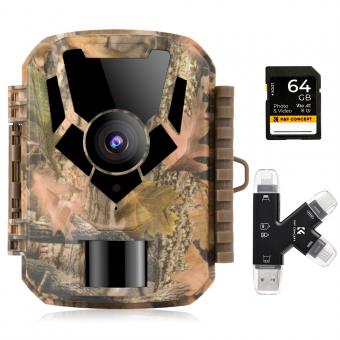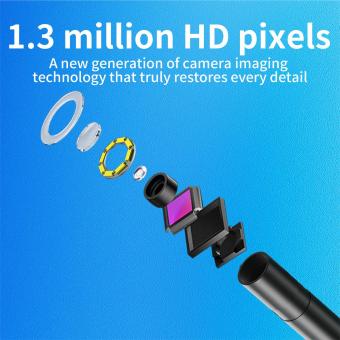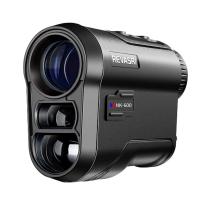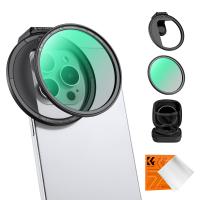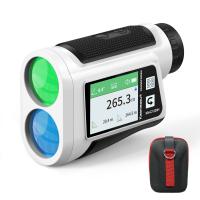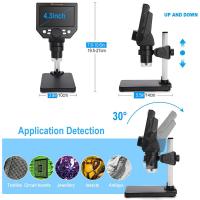Can Endoscopic Ultrasound View Right Kidney ?
Yes, endoscopic ultrasound can be used to view the right kidney. Endoscopic ultrasound is a minimally invasive procedure that combines endoscopy and ultrasound imaging. It involves inserting a thin, flexible tube with an ultrasound probe into the body to obtain detailed images of internal organs. By using endoscopic ultrasound, healthcare professionals can visualize the right kidney and assess its structure and any potential abnormalities. This technique is commonly used for diagnostic purposes and can provide valuable information about the right kidney's size, shape, and surrounding structures.
1、 Anatomy of the right kidney
Yes, an endoscopic ultrasound (EUS) can view the right kidney. Endoscopic ultrasound is a minimally invasive procedure that combines endoscopy and ultrasound imaging to visualize internal organs and structures. It involves inserting a flexible tube with an ultrasound probe attached through the mouth or rectum to reach the desired area.
When it comes to the anatomy of the right kidney, EUS can provide valuable information. The right kidney is one of the paired organs located in the retroperitoneal space, just below the diaphragm and behind the liver. It is situated slightly lower than the left kidney due to the presence of the liver. EUS can help visualize the size, shape, and position of the right kidney, as well as detect any abnormalities or lesions.
Moreover, EUS can provide detailed imaging of the renal parenchyma, renal pelvis, and renal blood vessels. It can help identify conditions such as kidney stones, cysts, tumors, or infections. EUS can also assist in guiding fine needle aspiration (FNA) or biopsy procedures for further evaluation of suspicious lesions.
It is important to note that medical knowledge and technology are constantly evolving. While EUS is a well-established technique for visualizing the right kidney, there may be advancements or alternative imaging modalities that could provide additional insights. It is always recommended to consult with a healthcare professional who can provide the most up-to-date information and determine the most appropriate diagnostic approach for each individual case.

2、 Endoscopic ultrasound technique for visualizing the right kidney
Yes, endoscopic ultrasound (EUS) can be used to view the right kidney. EUS is a minimally invasive procedure that combines endoscopy and ultrasound imaging to provide detailed images of the organs and structures within the body. It involves inserting a flexible endoscope into the body, which has an ultrasound probe at its tip. This allows the physician to visualize the right kidney and surrounding structures in real-time.
EUS is particularly useful for evaluating the kidneys because it provides high-resolution images that can help identify abnormalities such as tumors, cysts, or stones. It can also help guide biopsies or other interventions if necessary. EUS is considered a safe and effective technique for visualizing the right kidney, and it is often used in conjunction with other imaging modalities such as CT or MRI to provide a comprehensive evaluation.
The latest point of view regarding EUS for visualizing the right kidney is that it continues to be a valuable tool in clinical practice. Recent advancements in EUS technology, such as the development of high-frequency ultrasound probes and improved image resolution, have further enhanced its diagnostic capabilities. Additionally, the use of contrast-enhanced EUS has shown promise in improving the detection and characterization of kidney lesions.
However, it is important to note that EUS is an invasive procedure and may not be suitable for all patients. The decision to use EUS for visualizing the right kidney should be made on a case-by-case basis, taking into consideration the patient's specific clinical situation and the expertise of the healthcare provider.

3、 Indications for endoscopic ultrasound of the right kidney
Yes, endoscopic ultrasound (EUS) can be used to view the right kidney. EUS is a minimally invasive procedure that combines endoscopy and ultrasound imaging to provide detailed images of the organs and structures within the body. It involves inserting a flexible tube with an ultrasound probe attached through the mouth or rectum to reach the desired area.
Indications for EUS of the right kidney include:
1. Evaluation of renal masses: EUS can help in the assessment of solid or cystic masses in the right kidney. It provides high-resolution images that can aid in determining the nature of the mass, such as whether it is benign or malignant.
2. Staging of renal tumors: EUS can be used to determine the extent of tumor invasion into surrounding structures, such as the renal vein or lymph nodes. This information is crucial for planning appropriate treatment strategies.
3. Assessment of renal vascular abnormalities: EUS can help in visualizing the blood vessels supplying the right kidney, such as the renal artery and vein. It can aid in the diagnosis of conditions like renal artery stenosis or thrombosis.
4. Evaluation of renal cysts: EUS can provide detailed imaging of renal cysts, helping to differentiate between simple cysts and more complex cystic lesions that may require further investigation or intervention.
5. Guided interventions: EUS can be used to guide needle-based procedures, such as fine-needle aspiration or biopsy, for obtaining tissue samples from the right kidney. This can aid in the diagnosis of renal tumors or other renal pathologies.
It is important to note that the latest point of view may vary depending on advancements in technology and medical research. Therefore, it is always recommended to consult with a healthcare professional for the most up-to-date information regarding the indications and utility of EUS for the right kidney.
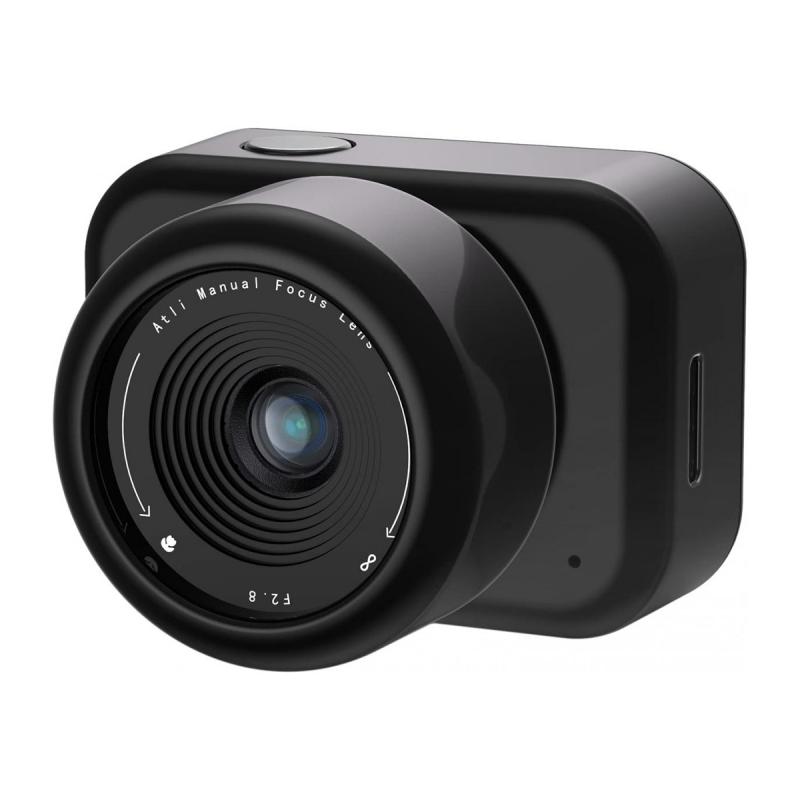
4、 Potential findings and abnormalities observed in the right kidney
Yes, endoscopic ultrasound (EUS) can be used to view the right kidney. EUS is a minimally invasive procedure that combines endoscopy and ultrasound imaging to provide detailed images of the organs and structures within the body. It involves inserting a thin, flexible tube with an ultrasound probe attached through the mouth or rectum to reach the area of interest.
When it comes to the right kidney, EUS can help visualize the kidney itself, as well as the surrounding structures such as the renal pelvis, renal vessels, and adjacent lymph nodes. It can provide valuable information about the size, shape, and texture of the kidney, as well as detect any potential abnormalities or pathologies.
Some of the potential findings and abnormalities that can be observed in the right kidney using EUS include:
1. Kidney stones: EUS can detect the presence of stones within the kidney, their size, and location. It can also help determine the appropriate treatment approach.
2. Cysts: EUS can identify renal cysts, which are fluid-filled sacs that can develop in the kidney. It can help determine if the cysts are simple or complex, and guide further management.
3. Tumors: EUS can visualize solid masses or tumors within the kidney. It can help determine the nature of the tumor, whether it is benign or malignant, and guide the need for further evaluation or intervention.
4. Infections: EUS can detect signs of infection in the kidney, such as abscesses or areas of inflammation. It can aid in diagnosing and guiding appropriate treatment.
5. Congenital abnormalities: EUS can identify any congenital abnormalities or anatomical variations in the right kidney, such as horseshoe kidney or duplicated collecting system.
It is important to note that the latest point of view regarding EUS and its ability to visualize the right kidney may vary depending on advancements in technology and research. Therefore, it is always recommended to consult with a healthcare professional for the most up-to-date information and interpretation of EUS findings.


